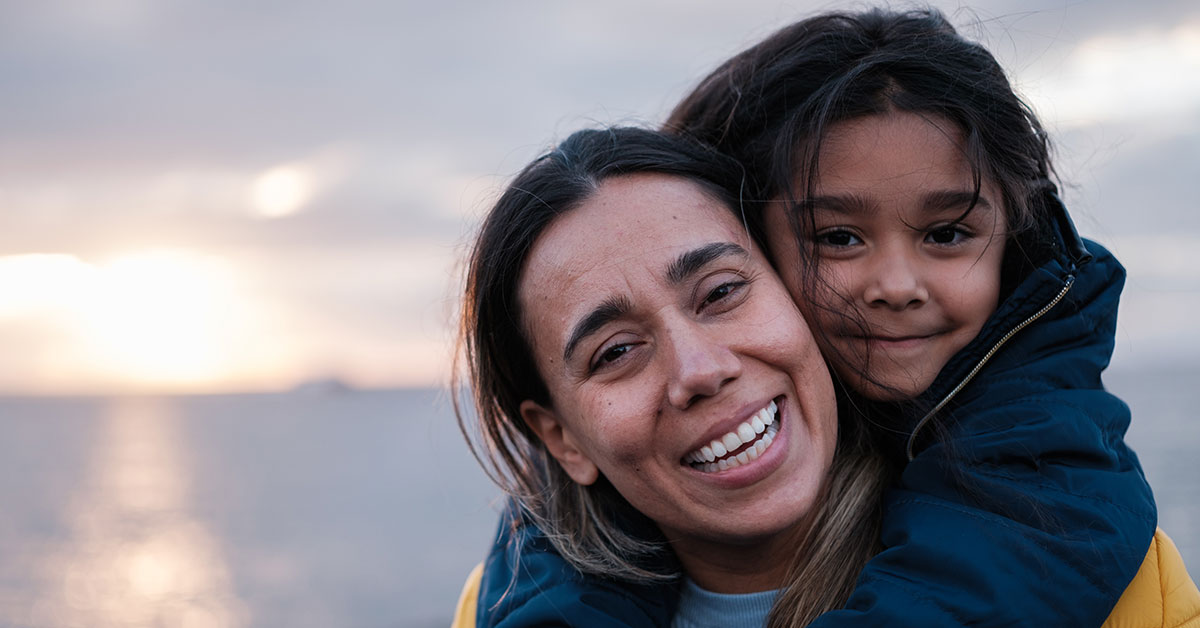In USCIS Volume 7 of its Policy Manuel lies the roadmap for Adjustment of Status (AOS) using INA 245(i), a provision that opens doors for certain individuals disqualified otherwise to seek adjustment. For instance, people who migrated to the United States under “Entry Without Inspection (EWI), fell out of lawful status, or ever worked without authorization” would still be eligible to apply for “permanent residence from within the United States.”
Understanding INA 245(i) and Its Requirements
However, to adjust under INA 245(i), the applicant must meet the following legal requirements:
- Be the beneficiary of a visa petition or labor certification that was filed on or before April 30, 2001, and that was approvable when filed;
- If the petition was filed after January 14, 1998, the principal beneficiary must have been physically present in the United States on December 21, 2000.
- An immigrant visa must be immediately available to them;
- Either the original 245(i) petition is now current, and has not been withdrawn, denied, or revoked. In addition, be the beneficiary of another petition that is current.
- Be admissible under all inadmissibility grounds, with the exception of § 212(a)(6)(A).
The specific requirements can be hard to meet as extenuating circumstances can dictate uncertainty for individuals to whether they meet all the requirements. Nevertheless, legal solutions exist to address these eligibility hurdles.
Understanding Principal and Derivative Beneficiaries and Their Adjustment Process
The principal beneficiary is the individual who has filed the visa petition prior to April 30, 2001. As the principal beneficiary, meeting the requirements is straightforward because the USCIS Policy Manuel clearly states the requirements (stated above) to adjust under 245(i) with a few unknown demands. Indeed, the main unknown demand is the $1,000 “penalty” fee while also including the cost of the normal I-485 filing fee. Nonetheless, the burden of proof for a principal beneficiary is considerably lower than the derivative beneficiary.
A derivative beneficiary is the “spouse or children (unmarried and under age 21) of the principal beneficiary at the time the petition was filed, or those relationships that came into being before April 30, 2001, while a petition was still active.” While having to meet most of the requirements of the principal beneficiary, the derivative beneficiary must establish and prove a qualifying relationship with the principal beneficiary applicant “both at the time of filing and approval of their individual adjustment applications.”
Therefore, extenuating circumstances such as separation or deportation can present an unfortunate challenge for many derivative beneficiaries to prove a relationship with the immediate family member (the principal beneficiary). Consequently, this means that derivative beneficiaries who are filing for adjustment of status or an immigrant visa must do so concurrently with or following the approval of the principal beneficiary’s application. Furthermore, this bars individuals and family members from filing independently from the principal beneficiary.
Exceptions and Grandfathering
“Grandfathering” permits the main exception to prove a continuing and qualifying relationship with the principal beneficiary. An individual who has been “grandfathered” is a spouse or child who had an existing relationship with the principal beneficiary prior to April 30, 2001 and “the petition was filed on or before that date.” Conversely, once a derivative beneficiary has been “grandfathered,” they retain this status irrespective of events such as divorce.
Conclusion
USCIS Volume 7 of the Policy Manuel delineates crucial pathways for adjustment of status under INA 245(i) for individuals who would normally be disqualified. Understanding the nuances of AOS under INA 245(i) is essential for those embarking on the journey to obtain visa petitions. Furthermore, navigating this process demands access to legal expertise, timely and accurate documentation, adherence to all demands, and, in many cases, waivers when circumstances change. AOS under INA245(i) is just one of the many hidden pathways to acquire a visa petition and being well-informed empowers individuals to guide their journey through the complexities of the immigration process.
As always, our team will stand with you throughout this journey, striving to alleviate your concerns and navigate the legal intricacies. If you are considering applying for a green card through INA 245(i) adjustment, know that we are committed to offering clear and comprehensive support.

